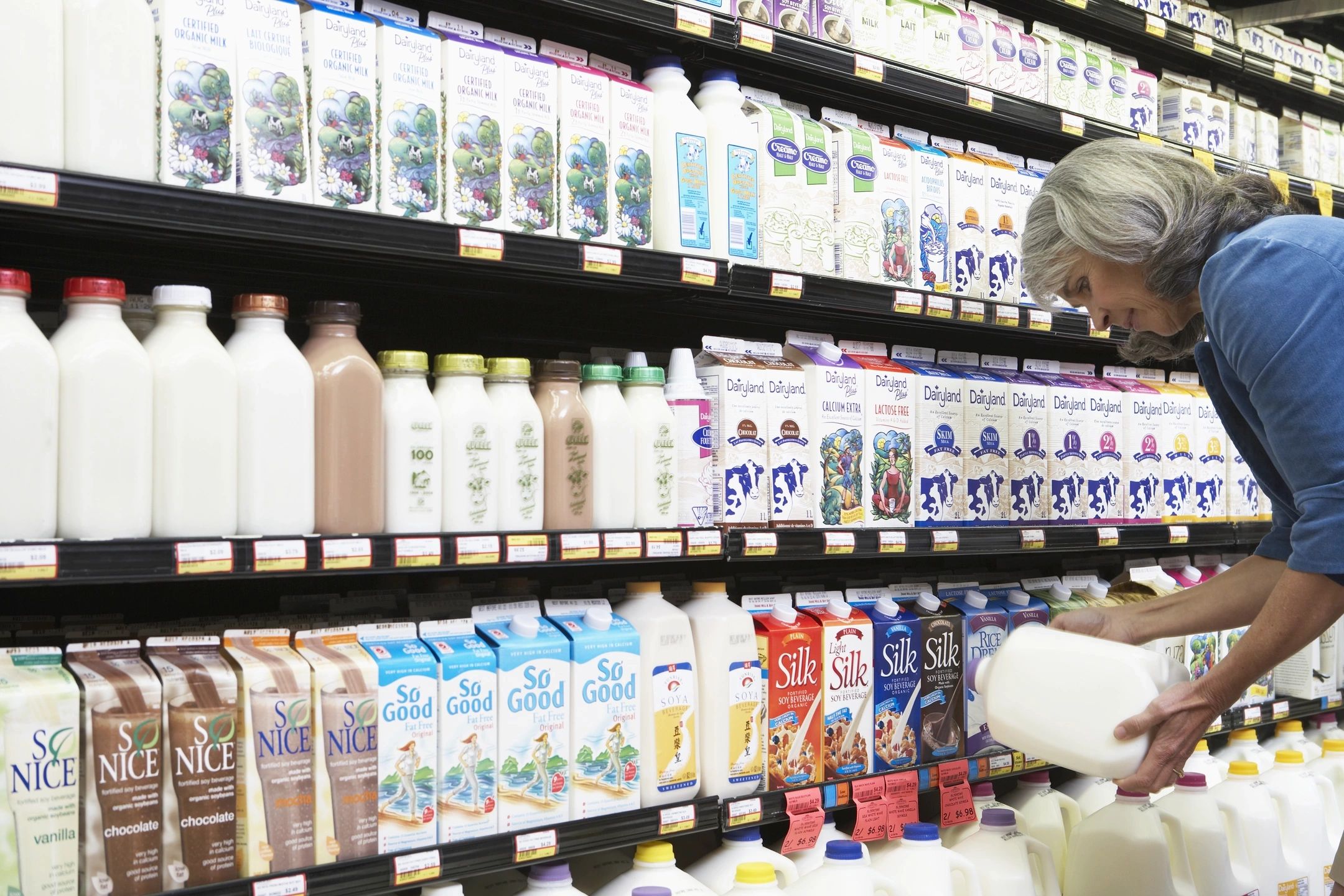Ontario’s convenience stores have seen a rush of customers since gaining the right to sell beer, wine, cider, and ready-to-drink beverages like hard seltzers. Two months into the rollout, the new products have provided a strong boost to business, although some logistical hurdles remain, particularly with slower-than-expected deliveries.
“Everything across the board is selling really well,” said Kenny Shim, president of the Ontario Convenience Stores Association and owner of Busy Bee King Mart. “A lot of store owners are running out of stock because the LCBO is struggling to keep up with demand.”
Since September 5, over 4,700 convenience stores have received licenses from the Alcohol and Gaming Commission of Ontario (AGCO). Despite concerns about potential issues such as underage sales or sales outside the regulated 7 a.m. to 11 p.m. hours, only 45 complaints have been filed with AGCO. These include ten complaints about ID checks, four for sales outside permitted hours, and three for sales to intoxicated customers.
Ready-to-drink (RTD) beverages have been especially popular with young consumers, according to Anne Kothawala, president and CEO of the Convenience Industry Council of Canada. “RTDs are at the top, which isn’t surprising,” Kothawala said, noting that younger shoppers tend to buy these along with snacks and other items, raising the overall basket size.
Kothawala also acknowledged stocking challenges, particularly with beer and RTDs, as store deliveries are often delayed. She advocated for including existing convenience distributors in alcohol deliveries to streamline the process and avoid extra delivery fees and staff time.
This delivery complexity, along with the cost of setting up alcohol displays, has kept some stores from fully embracing alcohol sales. While larger convenience chains are cautiously testing the waters in selected locations, the high upfront costs for refrigeration and stock—often totaling $30,000—are another reason some stores are proceeding carefully.
Shim remains optimistic, noting that while some stores are hesitant due to initial costs, many are likely to join the trend given the promising sales so far.



